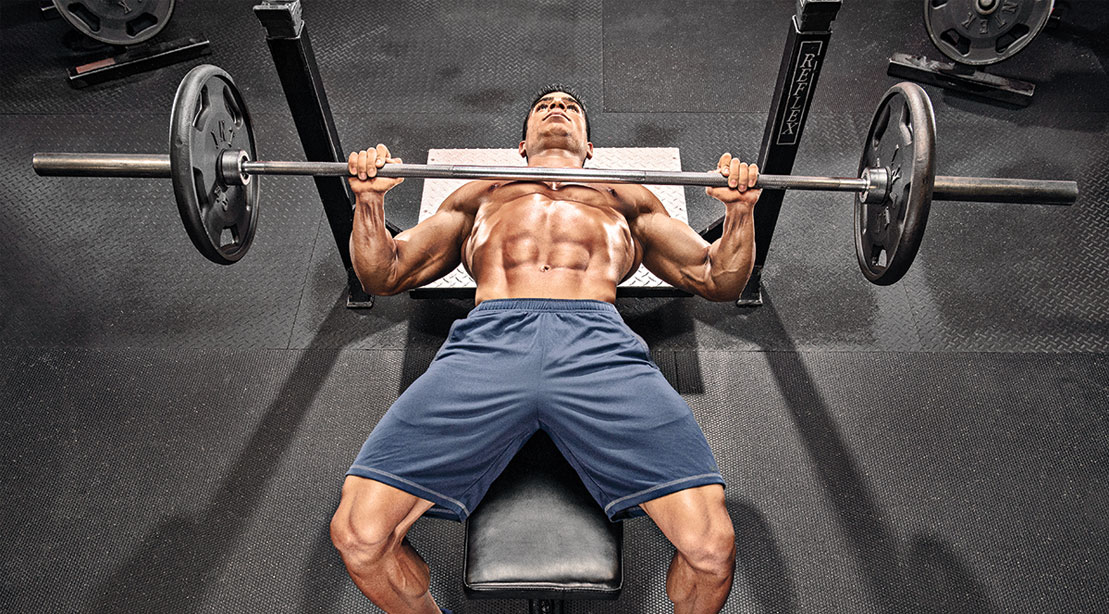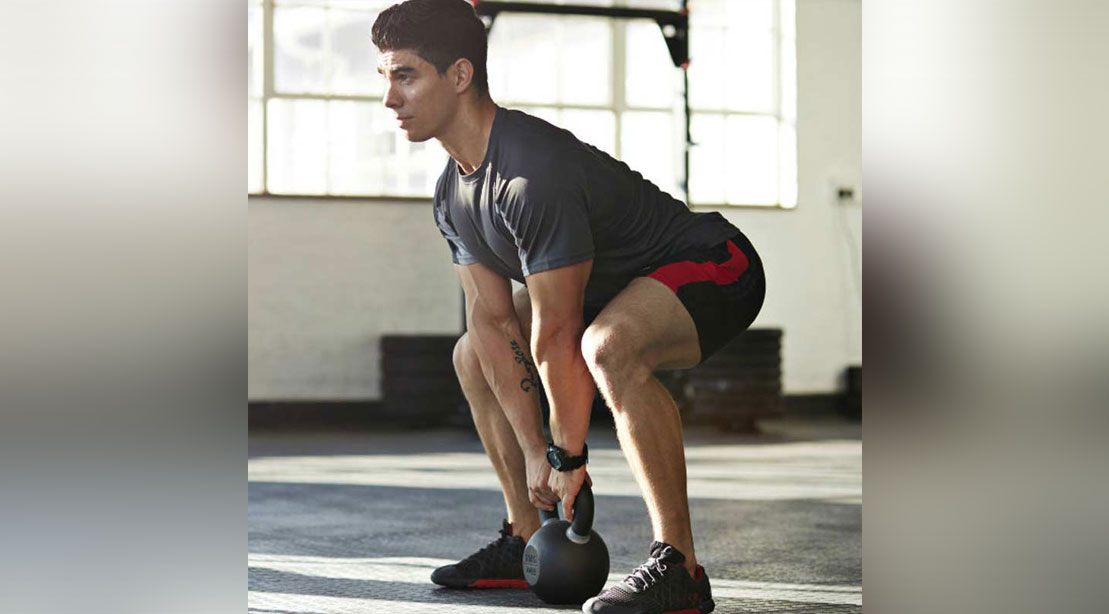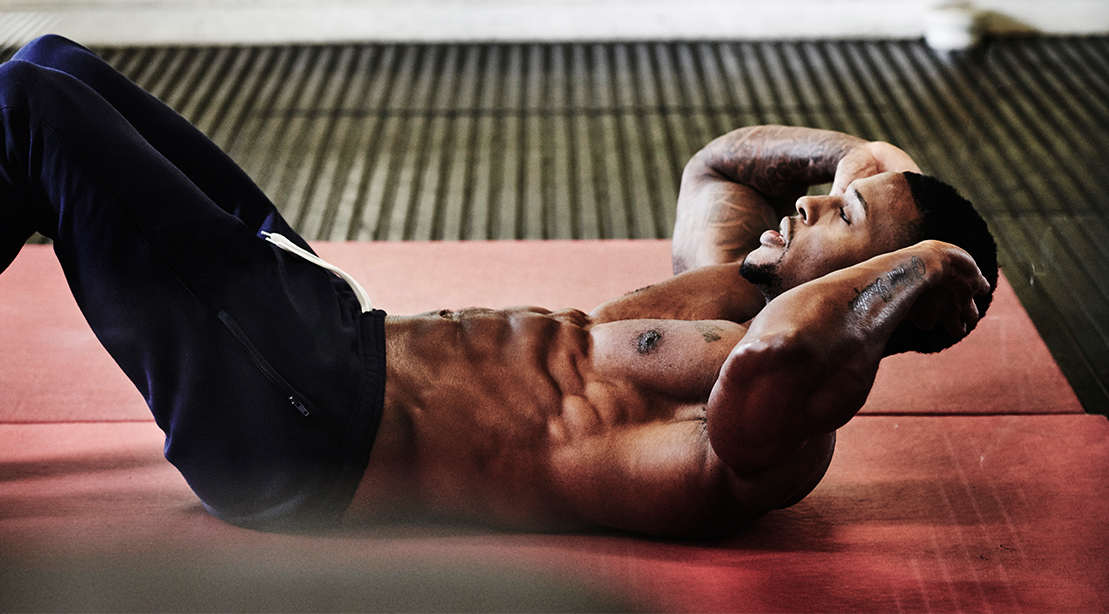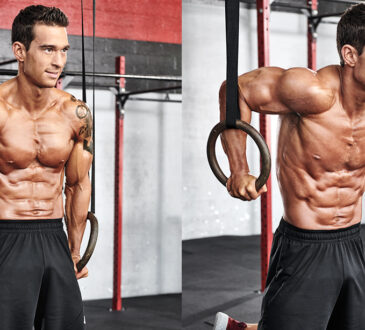
Everyone wants to stay lean while gaining quality muscle. The result, people immerse themselves in over the top diets and workout plans that leave very little room for error. Although a serious diet and workout plan are required for an amazing physique, there are hidden ways to inch closer to your goals that you may be ignoring everyday. Follow these sneaky tips to close in on those last few pounds that won¡¯t seem to melt away.
1 of 11

Be an Iron Man
It¡¯s difficult to overstate the importance of resistance training. Adding muscle to your frame causes your body to speed up its metabolism. For every pound of lean muscle you forge, count on losing an extra 35-50 calories per day, or up to 1,500 calories a month or 18,000 calories per year while resting. That¡¯s approximately 5 pounds of bodyfat you can eliminate at rest.
2 of 11

Limit Rest Periods
Don¡¯t spend your time between sets chatting up the chick on the treadmill. To add a calorie-burning element to your weight training, limit rest periods to 30-45 seconds. Resting 30 seconds between sets has been shown to increase caloric burn by 50%, compared to a three-minute rest period. You may not be as strong heading into your next set, but the added calorie burn may be worth it.
3 of 11

Pick Up the Pace
To help amp up your calorie burn between sets ¨C and accomplish more in less time ¨C incorporate supersets or drop sets on weight-training days or perform your exercises circuit-style. You can also maximize time by doing your ab moves between other exercises, rather than waiting until the end of your routine. When using lighter weight, try speeding up your reps, but not at the expense of proper form.
4 of 11

Expect Progression
Don¡¯t get stuck in a rut with the same exercises and weights. Expect that after 4-6 weeks, your body will have adjusted and will be starving for something new. Aim to make incremental increases to your weight loads, try new exercises, shorten rest periods, incorporate advanced techniques like supersets, change from barbells to dumbbells¡anything to keep your body guessing and improving. Lifting weights is one area where adaptation is not a desirable result.
5 of 11

Compound Interest
Build your routine around multijoint movements like presses, rows and squats to recruit the most muscle and burn the most calories. Isolation moves, or single-joint exercises, such as leg extensions, biceps curls and triceps extensions, should represent only a small portion of your routine.
6 of 11

Go Rest, Young Man
To repair itself (which is where the real gains occur), the body needs rest. Get at least eight hours of sleep per night to allow your body to recover and grow muscle, which ups your overall calorie-burning potential. And depending on the volume of your training, allow a few days before working the same muscle group again. This also prevents overtraining, which can strip your body of muscle.
7 of 11

Go for the Afterburn
Resistance training also burns more calories after exercise. One study found that after a 30-minute full-body workout in which subjects trained with their 10RM weights, resting metabolic rate was elevated by 20% for two days following the exercise session. In a 180-pound man, that percentage equates to an average 400 extra calories burned per day.
8 of 11

Abs for Endurance
If your goal is to have a slimmer waistline, don¡¯t train your abs with heavy loads. Use a weight that allows you to get at least 15 reps per set, allowing minimal rest between sets (less than 60 seconds). Alter your pace and exercise selection rather than your loads to get the most out of your ab routine.
9 of 11

Lift More, Burn More
Add 5%-10% more weight to your lifts and perform sets in the 6-8-rep range to shock your metabolism. This simple change can help you burn up to 600 more calories in the two days after a workout.
10 of 11

Cyclical Gains
Try periodizing (cycling) your training protocols for better overall results, alternating between phases when you focus on strength, mass and leaning out.
11 of 11

Chart Your Progress
Keep a training log. Record your workouts, sets and reps each session, then refer to the data to assess your progress and set new goals.




